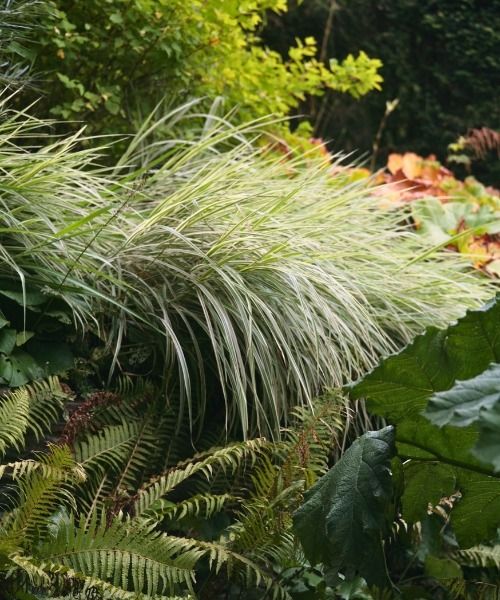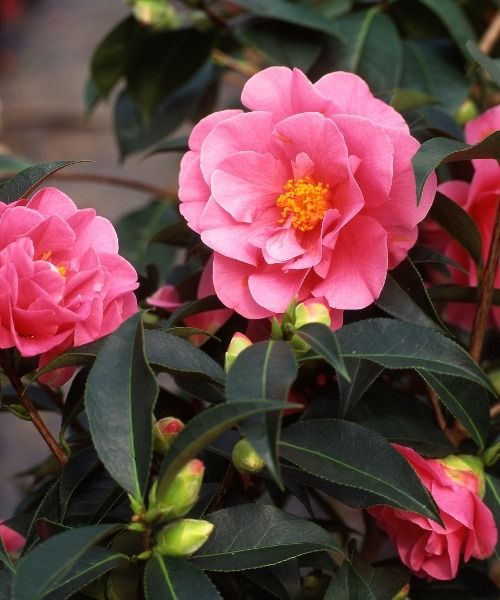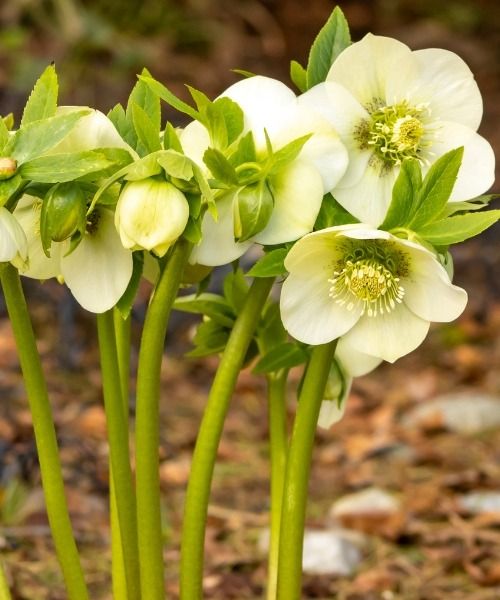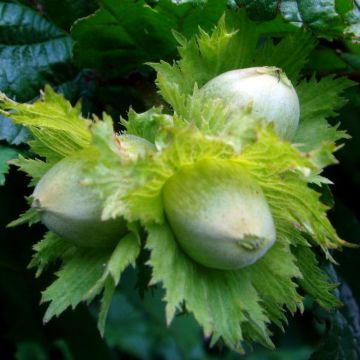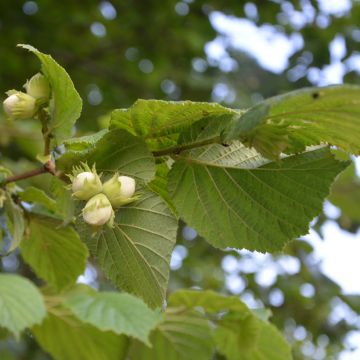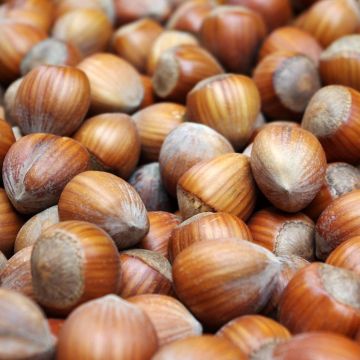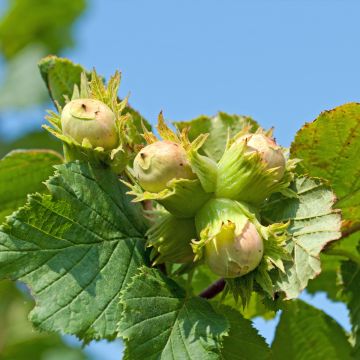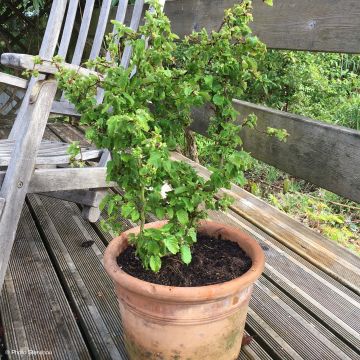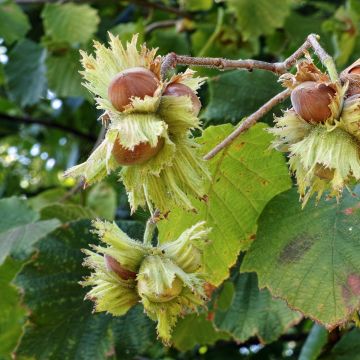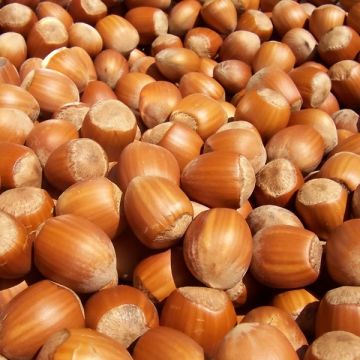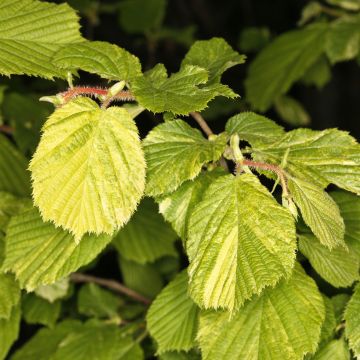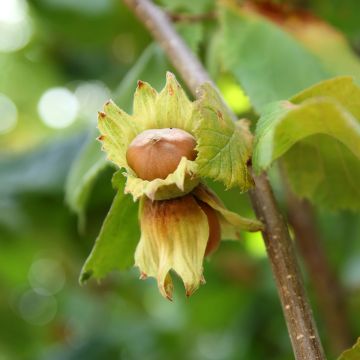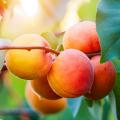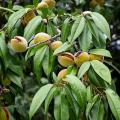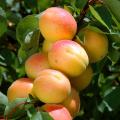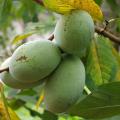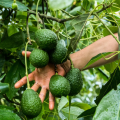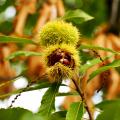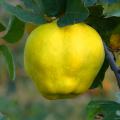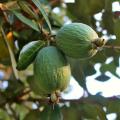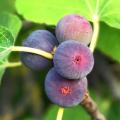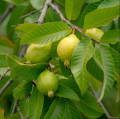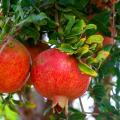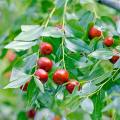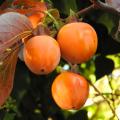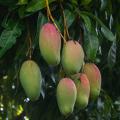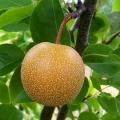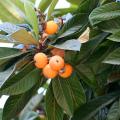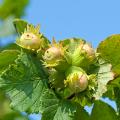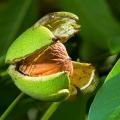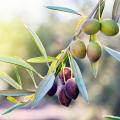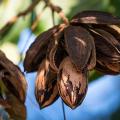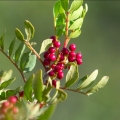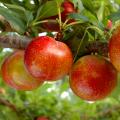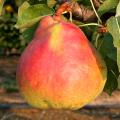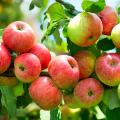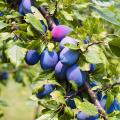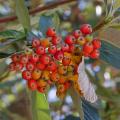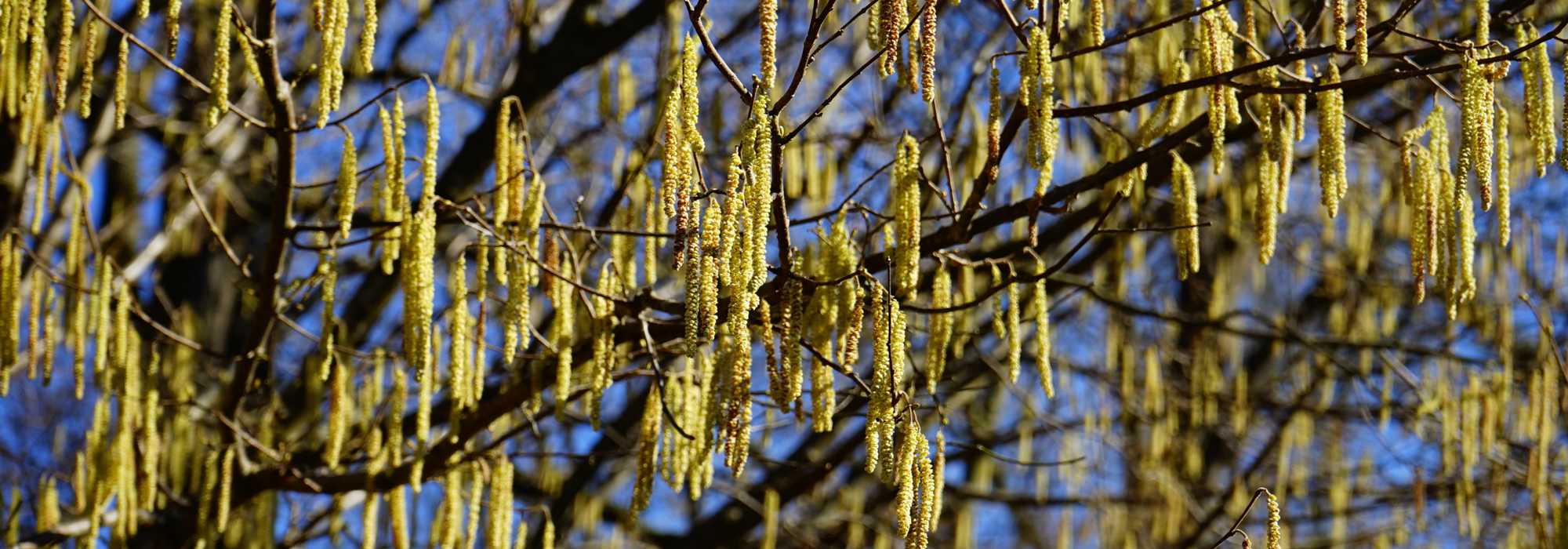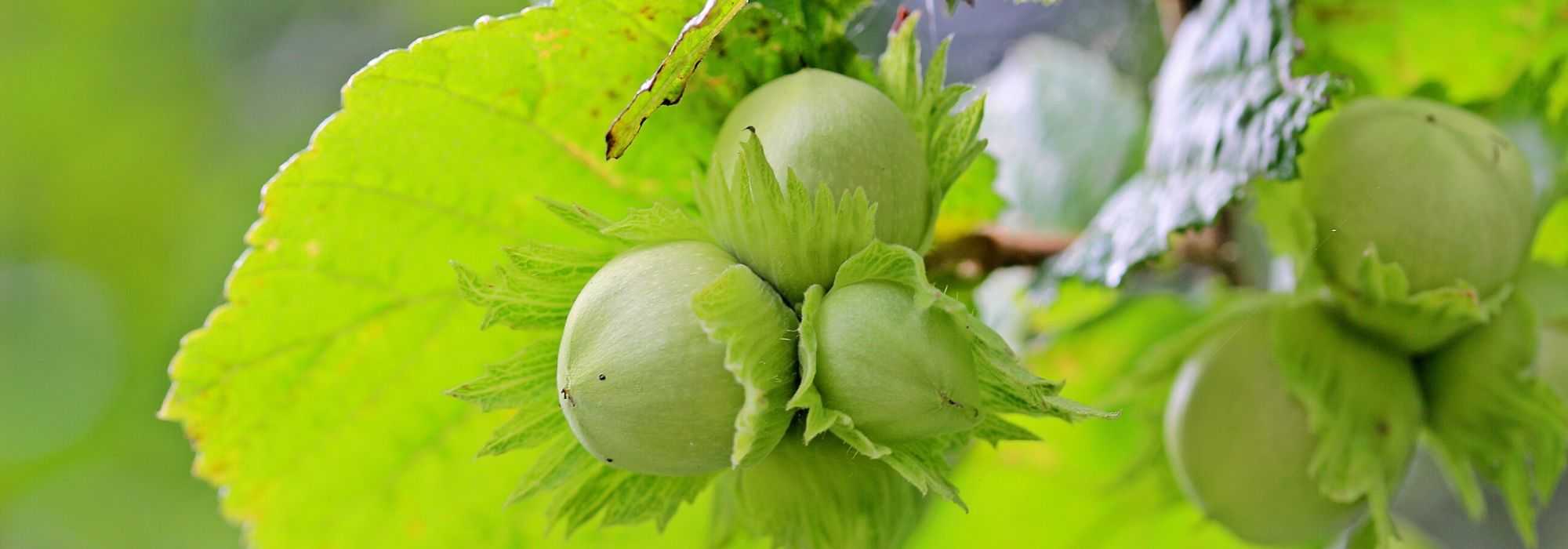Fruit-bearing Hazelnut trees
Does this plant fit my garden? Set up your Plantfit profile →
Available in 4 sizes
Available in 1 sizes
Available in 4 sizes
Available in 1 sizes
Available in 1 sizes
Available in 1 sizes
Available in 1 sizes
Available in 2 sizes
Available in 1 sizes
Available in 1 sizes
The hazel tree, known in Latin as Corylus, which can be considered a bush or small deciduous tree, is cultivated for its kernel fruit, the famous hazelnut.
It is an endemic species in the temperate regions of the northern hemisphere. Thewild hazel tree, Corylus avellana, found in our forests, has given rise to numerous selections cultivated for their higher yield of larger fruits (Merveille de Bollwiller, Géant de Halle, Fertile de Coutard), beautifully colouration (Rode Zellernoot), or better flavour (Longue d'Espagne).
It's not just humans who love hazelnuts: they are occasionally inhabited by the dreaded hazelnut weevil and sought after by several rodents including squirrels, as well as some bears. In hazel trees, male flowers are visible in winter, while female flowers open in March-April. For good fruiting, plant at least two varieties together. The fruiting hazel tree, easy to grow, prefers light and neutral soil (not too acidic or too alkaline), fairly fertile, and not too dry.
Haven't found what you were looking for?






























